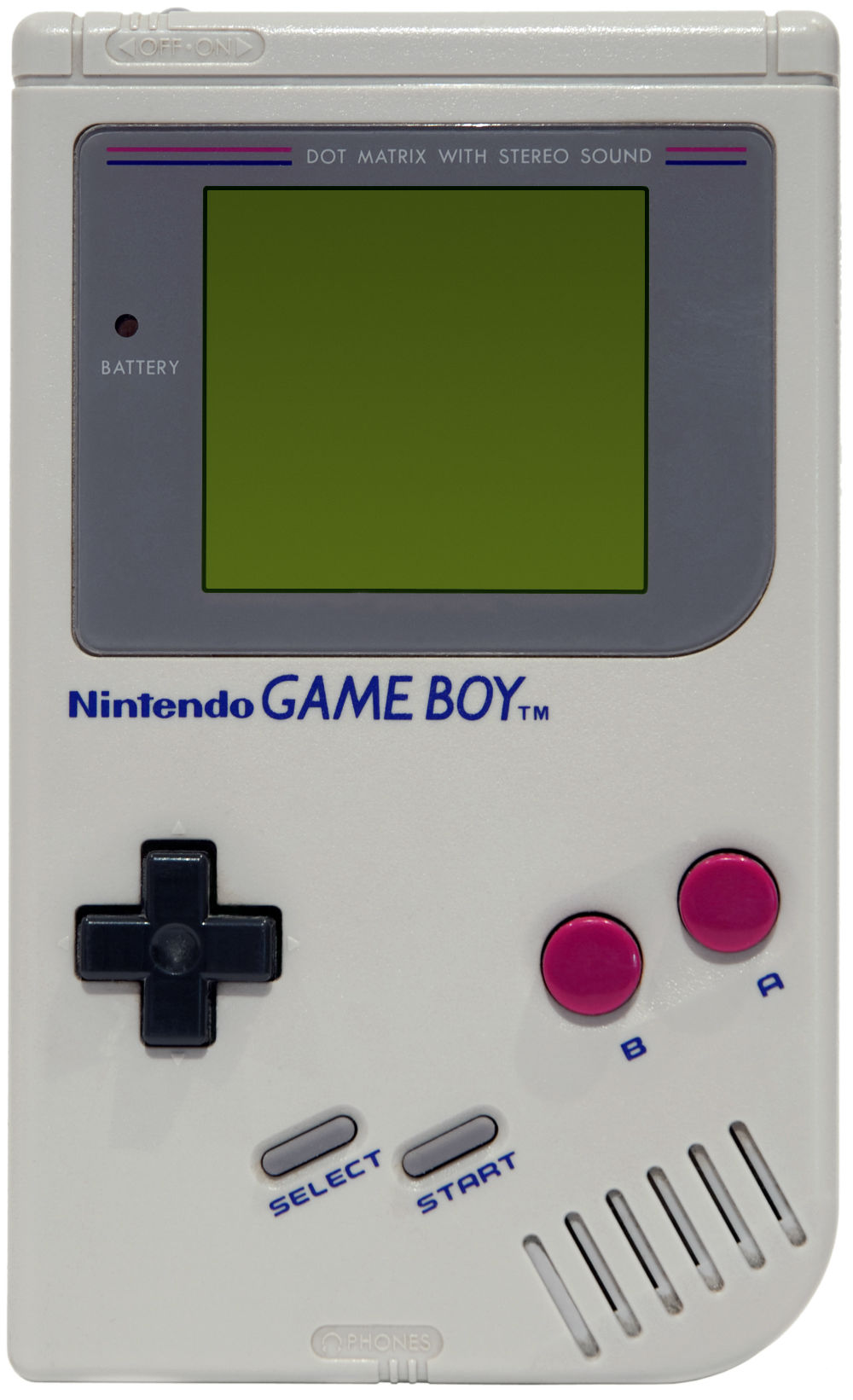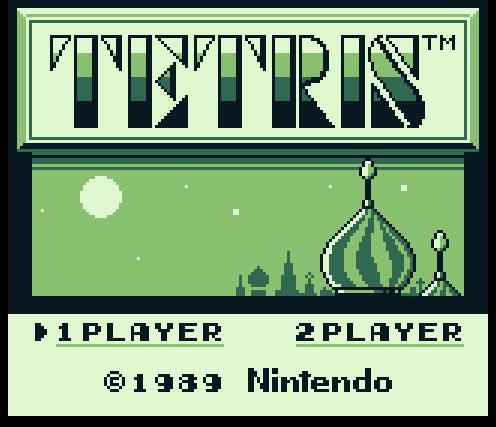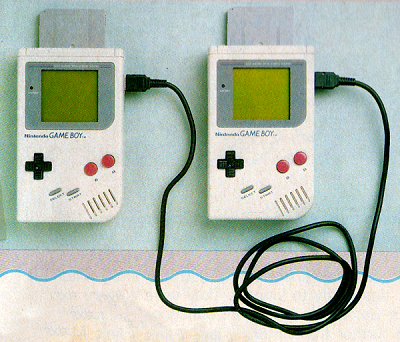

The Game Boy setup was simple: up, down, left, right, a, b, start, select, and a 2.6-inch olive-green screen. When it launched in Japan on April 21, 1989, at the price of 12,500 yen ($121 USD), it immediately sold out of its first batch of 300,000 units. The Game Boy was an instant hit.
By the time the Game Boy launched in America three months later, Nintendo had secured the rights to a “falling object” game. Nintendo bundled the addictive Tetris and went on to sell over 30 million units of the bundle pack. Just like Japan, the Game Boy was an overnight sensation in the United States and would eventually go on to dominate the handheld video gaming market.
As the years passed, other handheld gaming consoles entered the industry, but none could compete with the Game Boy’s popularity. Despite not being as technologically advanced as the Sega Game Gear, Atari Lynx, or TurboExpress, Nintendo was able to sell 119 million Game Boy units around the world. If you were a gamer in the 90s, you probably owned a Game Boy.

Tetris made handheld gaming addicting.
The Game Boy was created by Gunpei Yokoi, a long-time Nintendo employee who is credited with inventing the D-pad found on nearly all video game controllers. He based the Game Boy’s design on the Game & Watch series which was the first Nintendo product to have any success. His ability to create a simple design that mimicked the gameplay of a traditional console is one of the greatest feats in gaming history.
The specs on the Game Boy were not impressive. It only had 8KB of RAM and the LCD display had a 160 x 144 resolution. What made it so successful was the game selection. With over 716 game titles to choose from, no other hand-held console even came close.
Different variations of the Game Boy would be released in subsequent years, but none could match the charm of the original design. The Game Boy Pocket, Game Boy Light, and Game Boy Color were all worthy successors, but it’s the first generation of Game Boys that were revolutionary.

The Game Link cable enabled multiplayer gaming.
Game Link made it possible to tether your Game Boy with up to three friends and allowed Pokemon to bring role-playing games to the masses. Millions of people embraced the cabling technology and Game Link proved that a portable system could be much more than just a diversion from your console. Games like Double Dragon and WWF Superstars would never be the same again.
Because of the Game Boy’s success, the handheld video gaming market is able to compete against traditional consoles today. The Game Boy’s most recent successor, the Nintendo DS, is the second best-selling console of all time and has sold 154 million units — just 3 million shy of the Sony Playstation 2.
Looking back 25 years later, it’s fairly safe to say the Game Boy not only changed the way I play video games, it changed the way I think about them. I vividly remember tethering my Game Boy with 15 people one day after school as we played Faceball 2000 in the recess yard. I was only 10 years old at the time but I knew what we were doing was groundbreaking. I didn’t quite understand why until 10 years later when I was playing Halo and thought to myself “I’ve been here before…”
Do you have a favorite Game Boy memory? Let us know in the comments below. And don’t forget to visit GameCrate for more video game coverage.

